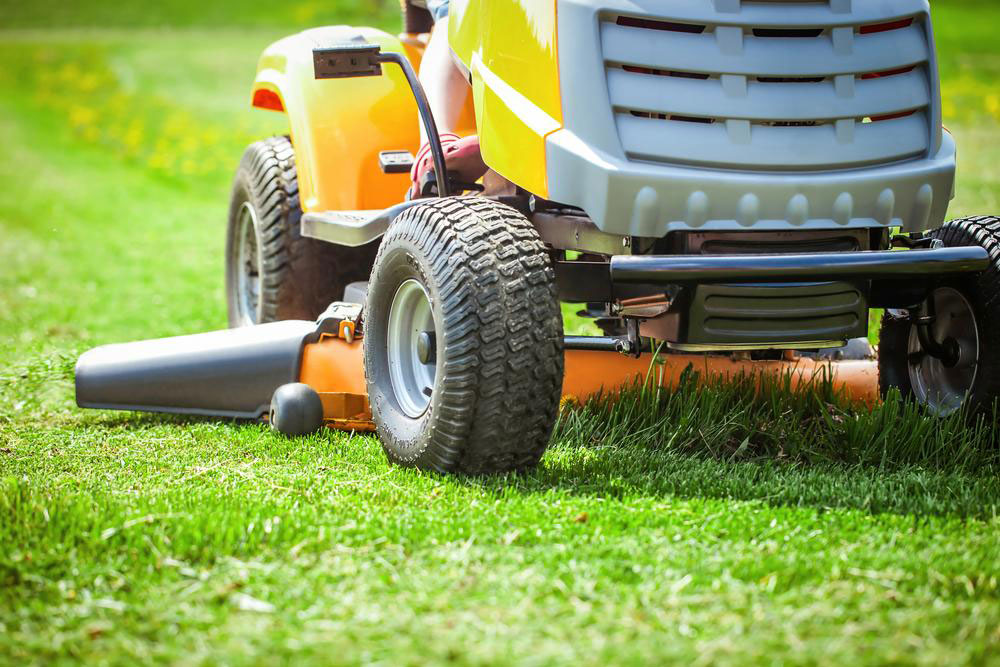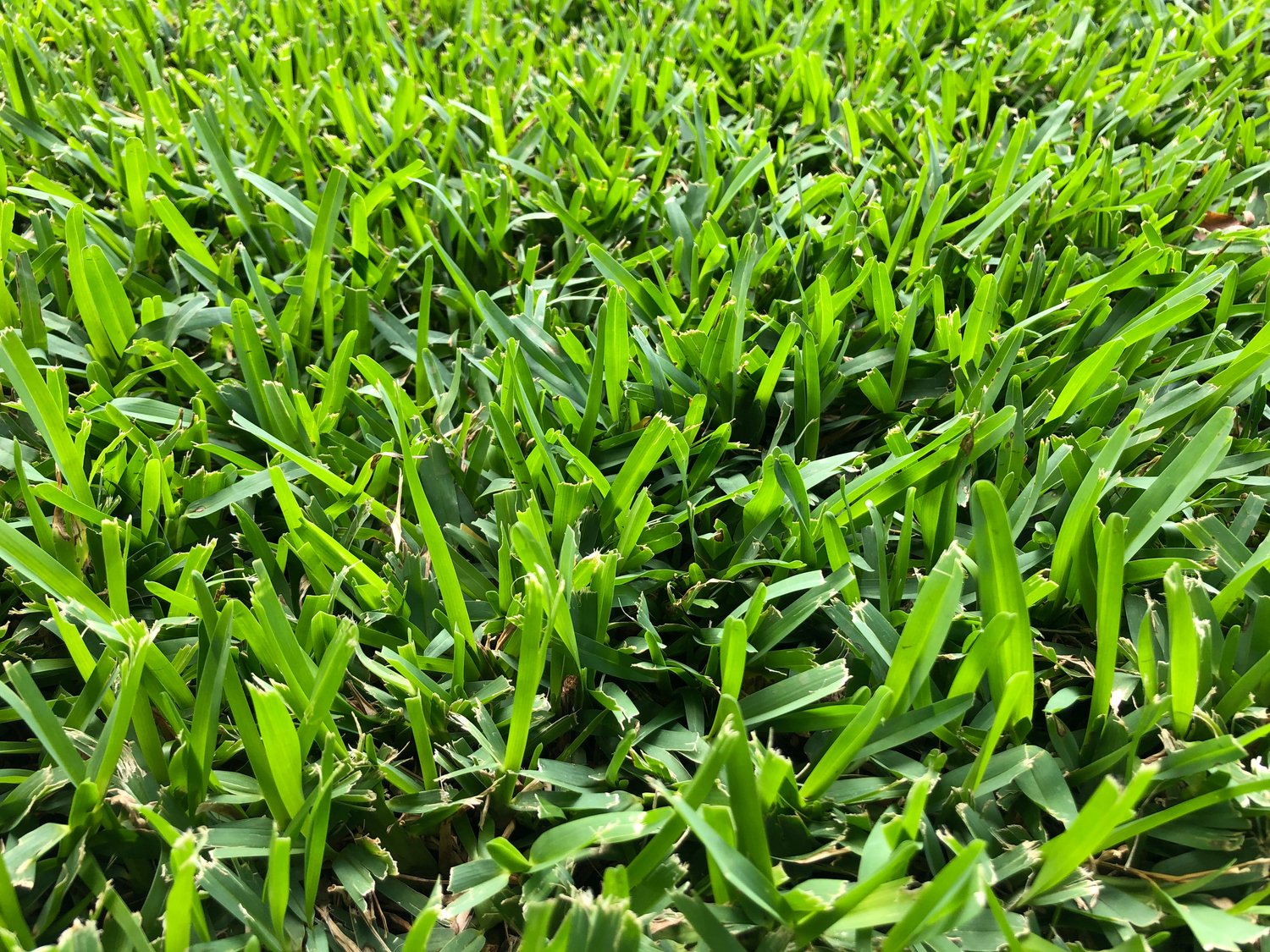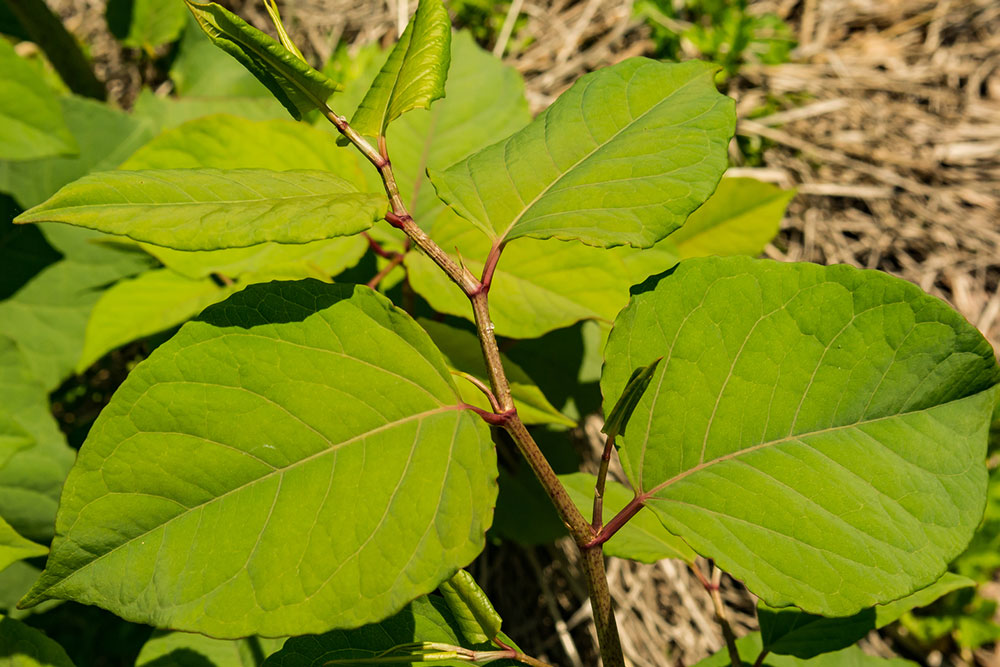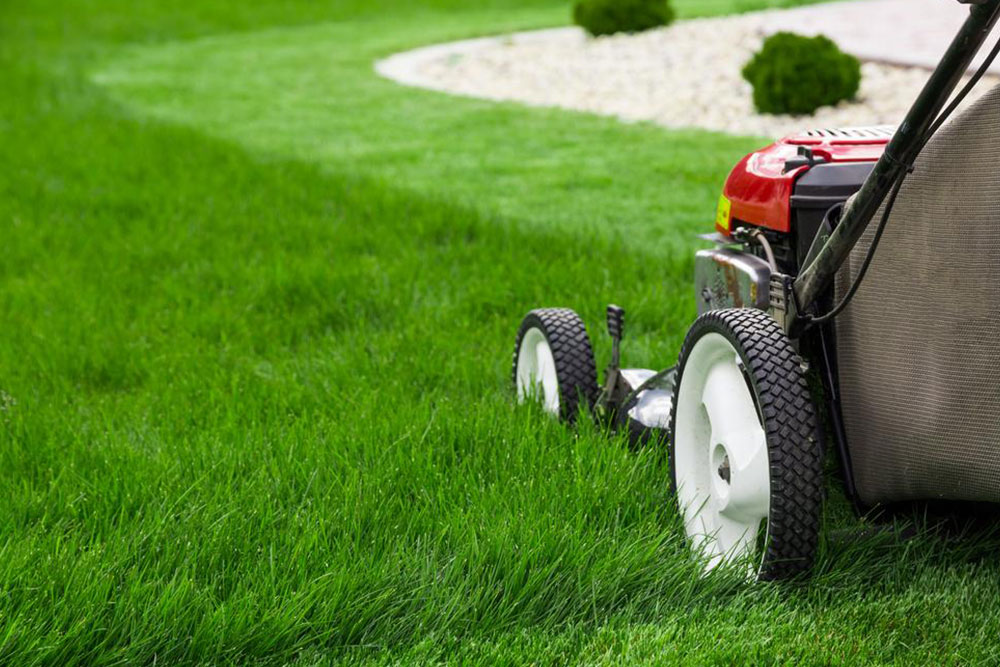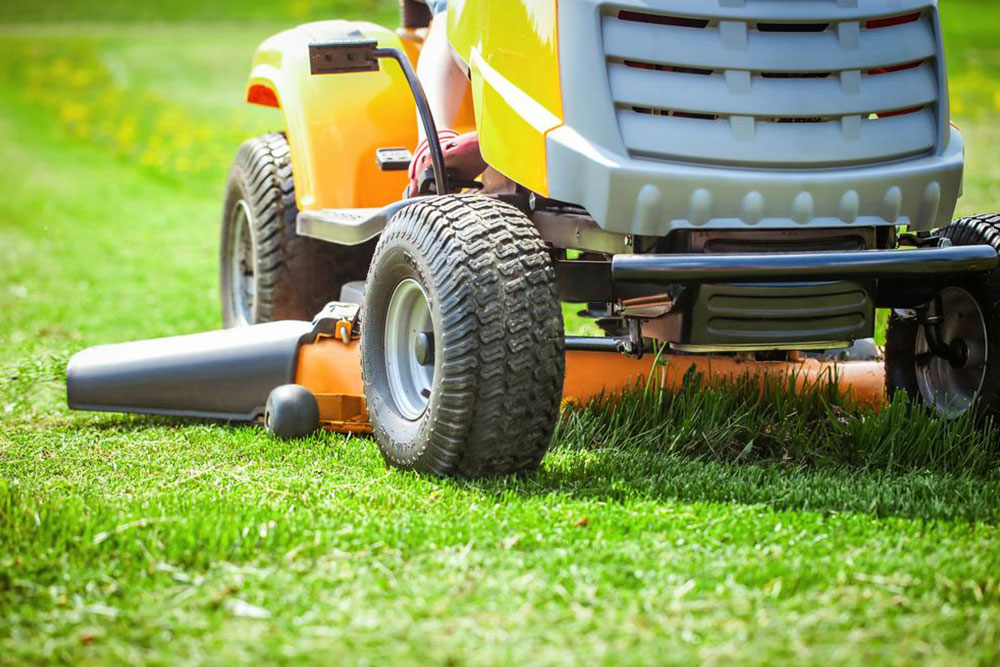Effective Strategies for Eliminating Dandelions Quickly
Discover nine effective methods to remove dandelions from your lawn, including manual removal, herbicides, natural remedies, and preventive practices. Learn how to tackle these persistent weeds efficiently to keep your yard lush and healthy.

Effective Strategies for Eliminating Dandelions Quickly
While visually appealing, dandelions are persistent weeds that can be challenging to control. These perennial plants can survive for five to ten years, reaching up to 20 inches in width. They spread rapidly through wind-dispersed seeds, often becoming a nuisance for lawn owners. Here are several effective methods to eliminate dandelions from your yard:
Manual removal of dandelions
For areas with only a few dandelions, pulling them out by hand is straightforward. This approach avoids chemical use and minimizes harm to surrounding plants.
Proper root extraction is crucial for successful removal. Follow these tips:
Extract at least 2-3 inches of the taproot to prevent regrowth.
Remove dandelions when the soil is moist, right after watering or rainfall.
Use tools like a weeding fork, dandelion digger, or weeding knife to ease the process.
Position your tool to follow the vertical growth of the taproot.
Loosen the soil around the root before pulling the plant out.
Once out, ensure all leaves are cleared to prevent regeneration.
Herbicide application
For quicker control, herbicides can be effective if applied correctly. Choose a product capable of affecting both the leaves and roots, ideally during late summer or fall when nutrients are transferred to the roots. If leaves are mature, lightly damage them before application to break down protective wax coatings, allowing better absorption.
Using acetic acid solutions
After removal, spraying soil with horticultural vinegar containing strong acetic acid can prevent regrowth. Handle these solutions with care, using gloves and masks, as concentrated vinegar can be hazardous.
Boiling water method
Pouring boiling water directly onto dandelions is a simple, eco-friendly technique. Ensure the water reaches the roots, and after a few hours, remove the dead plant by pulling it out with its taproot.
Flame treatment
Using a weed torch or propane flame can burn young dandelions, especially in small patches or among seedlings. This method works best when plants are still small, as mature plants may require multiple treatments.
Reseed your lawn
Planting dense, competitive grass varieties like Bermuda, Zoysia, or tall fescue helps shade the soil and suppress weed growth naturally. Regular reseeding ensures the lawn stays thick, limiting space for dandelions to establish.
Lawn mowing practices
Routine mowing prevents dandelions from setting seed, considerably reducing spread. Cutting stems before seed head development keeps weeds under control.
Salt application
Applying salt is a natural remedy effective mainly in cracks or concrete areas, as it kills weeds and grass alike. Mix equal parts salt and water, then pour over the weed. Repeat as necessary, but avoid overuse to prevent soil damage.
Pre-emergent herbicides
Prevention is possible using products like corn gluten meal or chemical herbicides that inhibit seed germination. These should be applied before seed dispersal, and avoid if planning to plant new seeds soon.
Maintaining diverse plantings, adequate watering, and organic fertilization help create a healthy lawn resistant to invasive weeds. Proper care and early intervention are key to controlling dandelions effectively.

